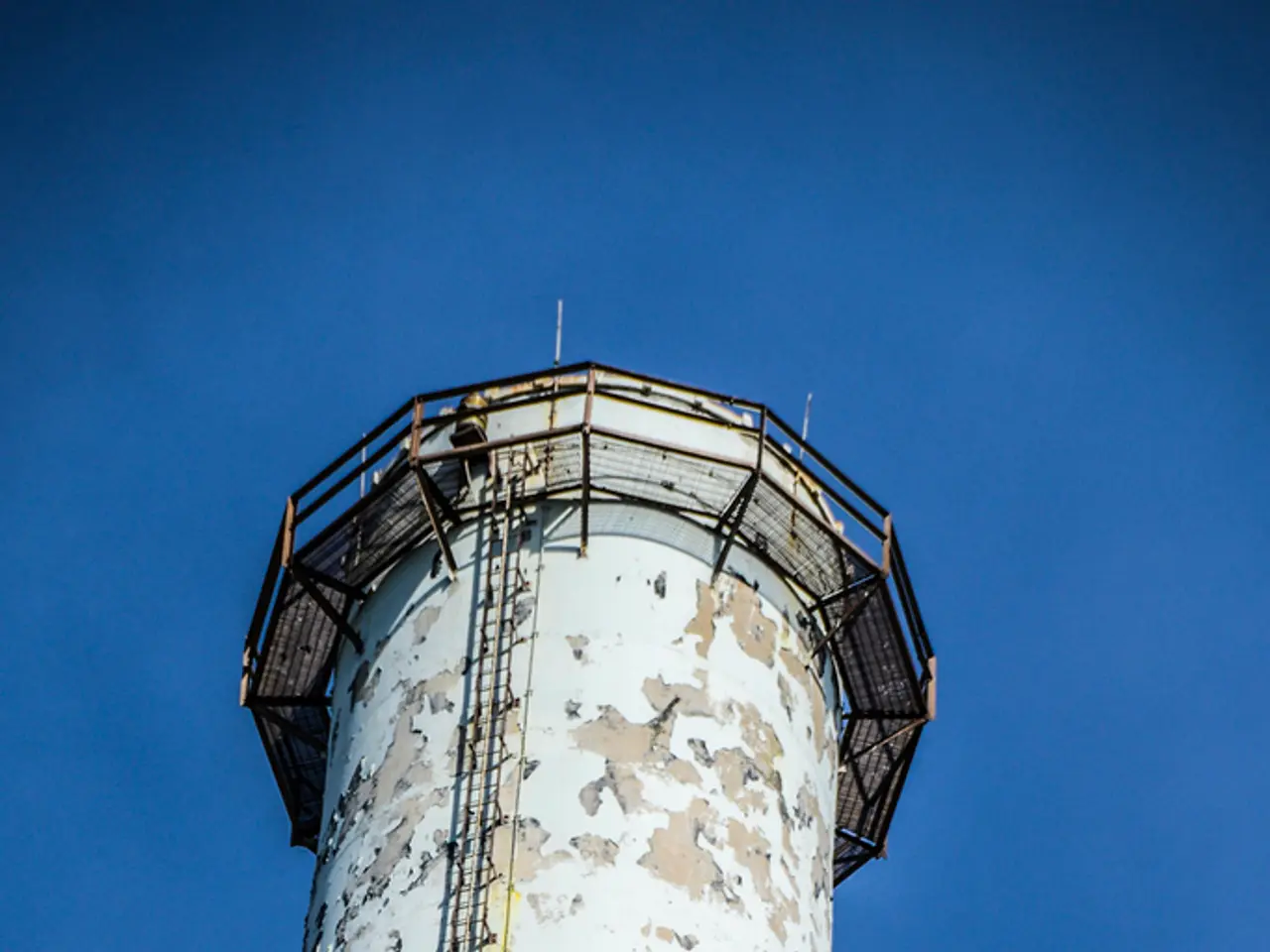Company Who Manages Oil Rig Faces Large Fine Following Flooding Accident
In a series of incidents across various locations and industries, the importance of safety measures in confined spaces, particularly on offshore oil and gas platforms, has once again come into sharp focus.
Last year, on a floating platform in the North Sea, three workers of Ithaca Energy (UK) Limited's FPF-1 facility found themselves in a harrowing situation. During a night shift, they descended into a water-filled lift shaft, with the lift failing to stop before they became partially submerged in water. The Health and Safety Executive (HSE) investigation later revealed that there were no water alarms in the bottom of the lift shaft, making it unaware to the control room that water was filling the shaft. The water level in the lift reached just under 1.5 metres before the lift was stopped.
Ithaca Energy (UK) Limited, the owner of FPF-1, pleaded guilty to safety failings in Aberdeen Sheriff Court on 12 June 2025, and was fined £300,000 for breaching The Provision and Use of Work Equipment Regulations 1998 and the Health and Safety at Work etc. Act 1974.
Safety measures and regulations for confined spaces work on offshore oil and gas platforms should include strict entry permitting, continuous atmospheric monitoring, proper ventilation, use of personal gas monitors, worker communication protocols, emergency rescue preparedness, and comprehensive worker training.
In another incident, a crane collapse at A&P Falmouth on 10 May 2017 put more than 250 people at risk. The HSE investigation found that failings of hardware and incorrect operating procedures led to the collapse. The company was fined for the incident.
The HSE also investigated and prosecuted Balfour Beatty for safety breaches during the construction of a university facility, resulting in a 62-year-old worker's death after he fell 10 metres to the ground.
HSE inspector Ian Chilley stated that these incidents serve as a reminder for extra vigilance in the oil and gas industry. He described the Ithaca Energy case as a "terrifying experience" for the workers, emphasizing the need for stringent procedural controls, modern monitoring and inspection tools, robust training, and emergency preparedness to protect workers in the challenging offshore environment.
Modern platforms increasingly use digital permit systems and inspection technologies to ensure compliance and traceability in confined space work. All procedures should align with international safety standards such as OSHA, IEC 60079 where applicable, and UK offshore safety regulations, ensuring risk management is effective and verifiable.
Work in confined spaces was stopped by Ithaca Energy (UK) Limited until February 2021 to allow a full review to take place. The company has since implemented stricter safety measures to prevent such incidents from occurring in the future.
These incidents underscore the importance of adhering to safety regulations and investing in modern safety technologies to protect workers in high-risk industries like oil and gas.
- The incident at Ithaca Energy (UK) Limited's FPF-1 facility highlighted the necessity of water alarms in the bottom of lift shafts, as part of the safety regulations for confined spaces on offshore oil and gas platforms.
- The HSE's investigation into the crane collapse at A&P Falmouth and the death of a worker during the construction of a university facility by Balfour Beatty emphasized the need for robust training, modern monitoring and inspection tools, and strict procedural controls in the oil and gas industry.
- In the wake of these incidents, it is crucial for the oil and gas industry to follow international safety standards such as OSHA, IEC 60079, and UK offshore safety regulations, and to invest in modern safety technologies to safeguard workers in high-risk situations.




